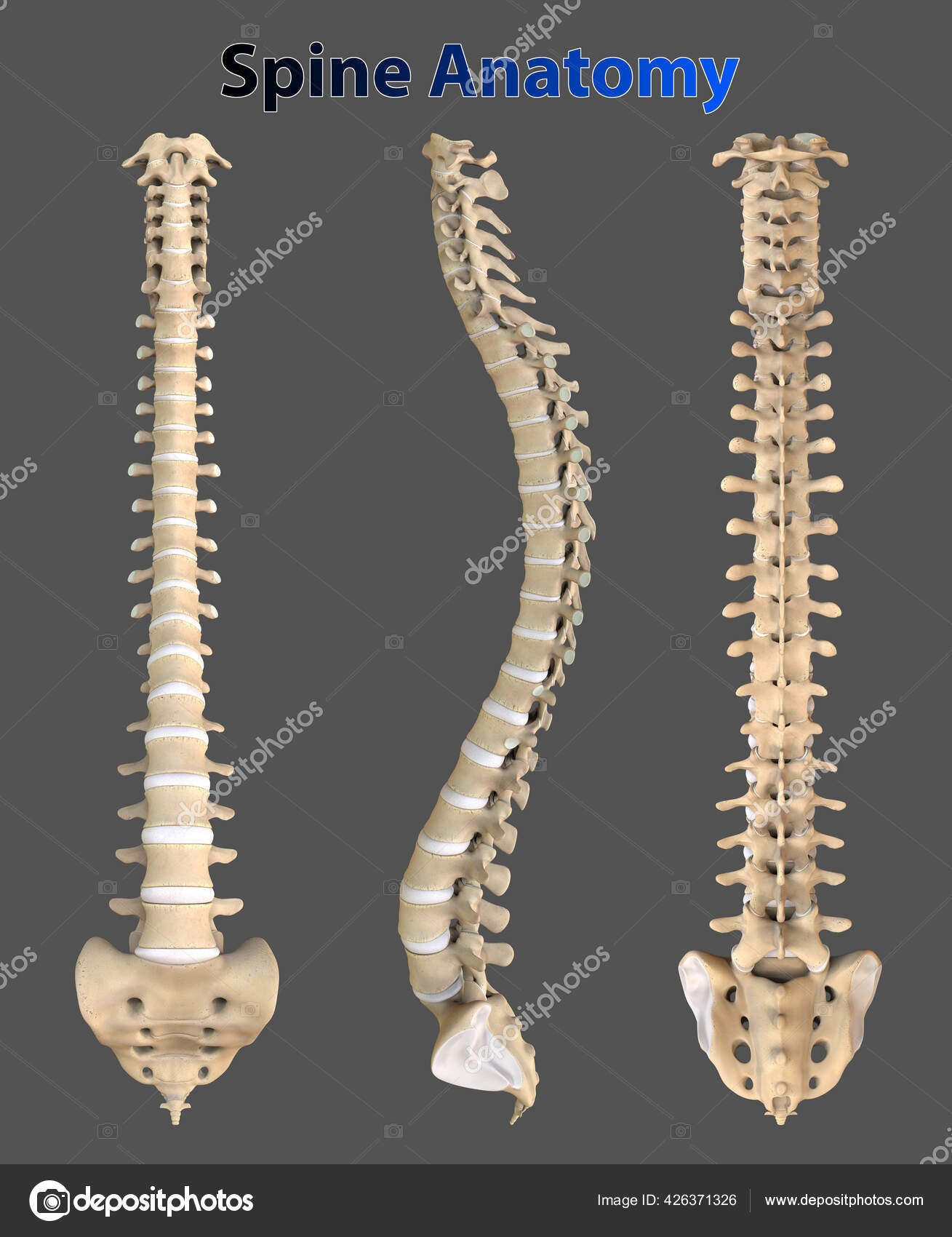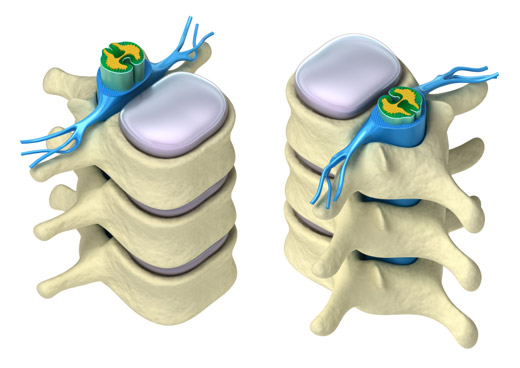

straining the neck forward, such as when driving or using a computer.pushing, pulling, lifting, or carrying something.Kidney problems: Kidney stones or kidney infection can cause back pain.Īdopting a very hunched sitting position when using computers can result in increased back and shoulder problems over time.īack pain can also result from some everyday activities or poor posture.Osteoporosis: Bones, including the vertebrae of the spine, become brittle and porous, making compression fractures more likely.An example is scoliosis, in which the spine curves to the side. Abnormal curvature of the spine: If the spine curves in an unusual way, back pain can result.In some cases, the space around the spinal cord narrows. Arthritis: Osteoarthritis can cause problems with the joints in the hips, lower back, and other places.

Sciatica: A sharp and shooting pain travels through the buttock and down the back of the leg, caused by a bulging or herniated disk pressing on a nerve.Bulging disks: In much the same way as ruptured disks, a bulging disk can result in more pressure on a nerve.If the disk ruptures there will be more pressure on a nerve, resulting in back pain. Ruptured disks: Each vertebra in the spine is cushioned by disks.Frequent causes of back pain are:Īctivities that can lead to strains or spasms include:Ī number of structural problems may also result in back pain. Strainīack pain commonly stems from strain, tension, or injury. In some cases of back pain, its cause remains unclear.ĭamage can result from strain, medical conditions, and poor posture, among others. Problems with any of these components can lead to back pain. The segments of the spine are cushioned with cartilage-like pads called disks. The human back is composed of a complex structure of muscles, ligaments, tendons, disks, and bones, which work together to support the body and enable us to move around. We can provide the knowledge you need to understand your spine and to make sure it’s as healthy as possible.Problems with the spine such as osteoporosis can lead to back pain. To learn more about the interworking of your spine and its functions, call Spine Solutions at (954) 329-1769. Finally, the coccyx is the vestigial tail of the spine, commonly known as the tailbone. The sacrum connects the spine to the hips with five vertebrae that are fused together. The sacrum and the coccyx make up the lowest part of your spine, or the pelvic cavity. The lumbar spine, or lower back, is made up of larger vertebrae to bear the weight of the body. Motion throughout the thoracic spine is limited. The thoracic spine is centrally located in the system to hold the rib cage, protect the lungs and protect the heart. The cervical spine has the widest range of motion compared to other areas of the spinal system.

The first seven vertebrae within the cervical spine control the neck and support the weight of your head. These three parts consist of 24 vertebrae and form the S-shape of your back. The cervical spine, the thoracic spine and the lumbar spine are known together as the spinal curve. When combined, the spine is comprised of a total of 33 interlocking vertebrae.Ĭervical Spine, Thoracic Spine and Lumbar Spine These are separated by interverbal discs, which cushion each vertebra between the bones. All five parts consist of individual bones called vertebrae. First and foremost, the spine is divided into five parts: the cervical spine, the thoracic spine, the lumbar spine, the sacrum and the coccyx. It consists of nerves and muscles that work together to communicate to all areas of the body. The spinal system is made up of more than only bones. In order to truly understand how well your spine can work for you, learn the basic anatomy behind your spinal system. The interworking of your spine and spinal cord allow your body to physically move and internally function in miraculous ways. It protects your spinal cord, the system of nerves that serves as a connection between your brain and your entire body. Your spine, or backbone, carries you throughout the day.


 0 kommentar(er)
0 kommentar(er)
